Scientists theorize that cosmic strings interacting with dense matter in the early universe provided the seeds for galaxies and black holes.


Scientists theorize that cosmic strings interacting with dense matter in the early universe provided the seeds for galaxies and black holes.

Scientists have optimized nanodiamond sensors, with potential breakthroughs in electronics, medicine, and quantum tech.

Scientists create designs for quantum batteries, which harness the potential of quantum mechanics to enhance energy storage.
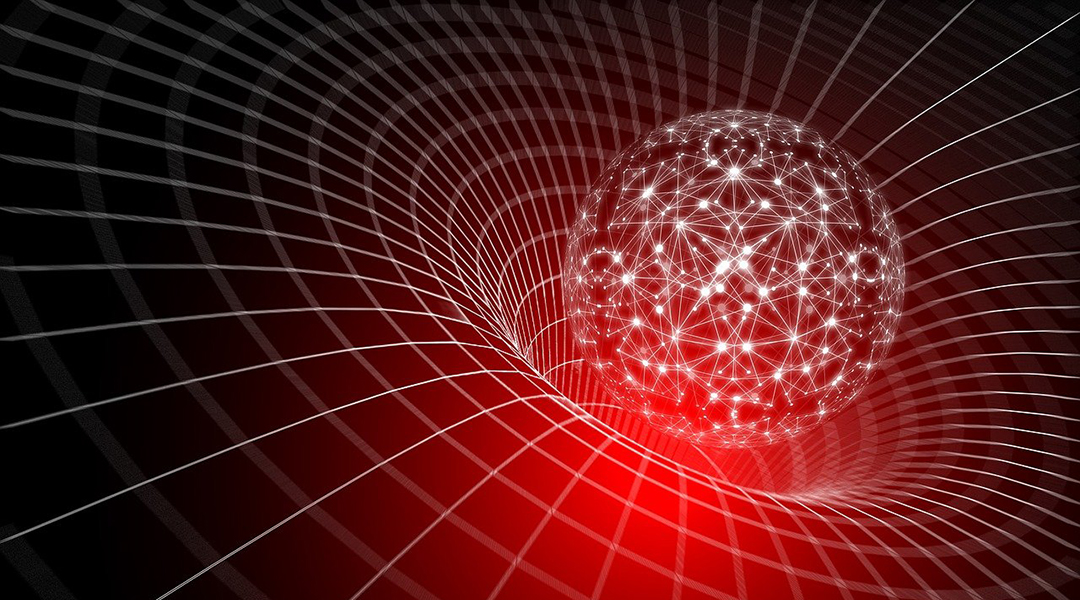
Adding extra dimensions to a theory known as “fuzzy gravity” may help bridge the gap between quantum mechanics and relativity.

A state-of-the-art printer with nanometer-scale precision enables the production of quantum emitters, advancing secure quantum communication.
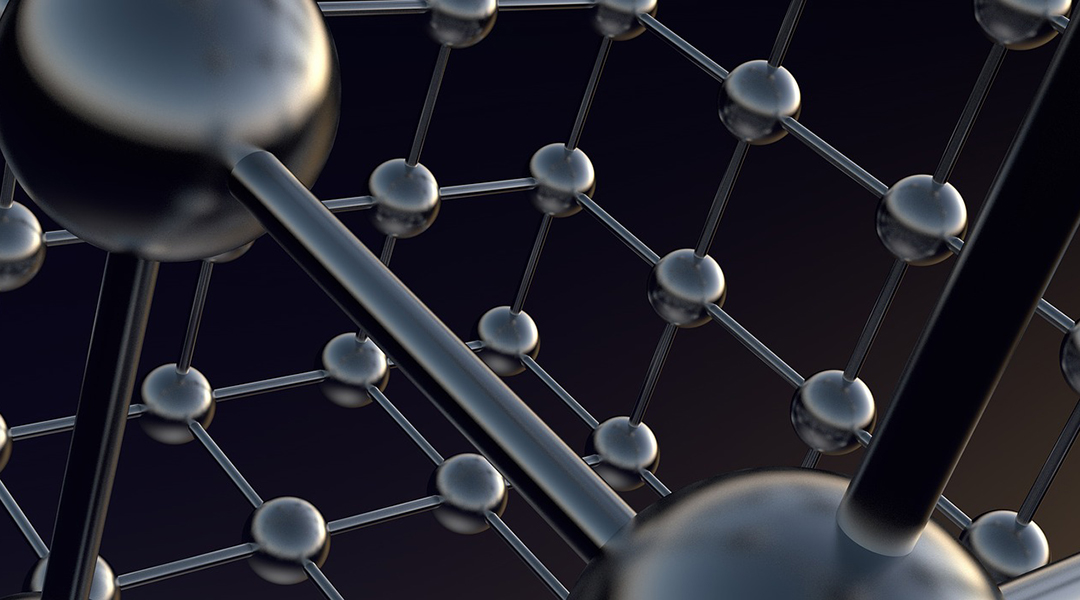
Understanding this unique form of superconductivity is crucial and could lead to exciting applications, like functional quantum computers.
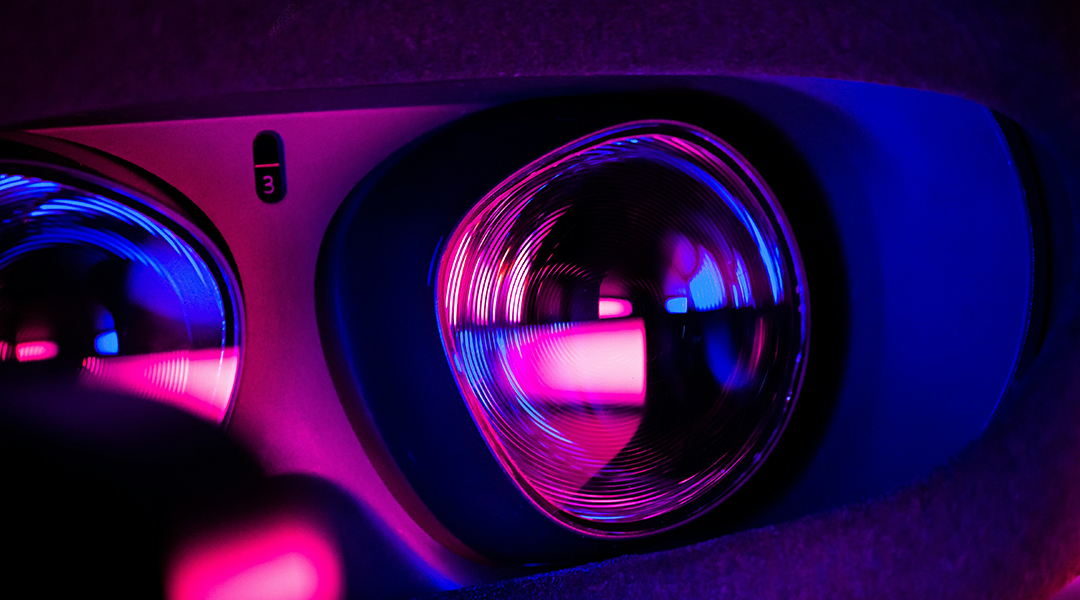
A better way to fabricate metasurfaces allows scientists to create contact lenses capable of projecting 3D holographic images.

Engineering mineral rich dust and releasing it as an aerosol could warm the planet and kickstart the thickening of the atmosphere.
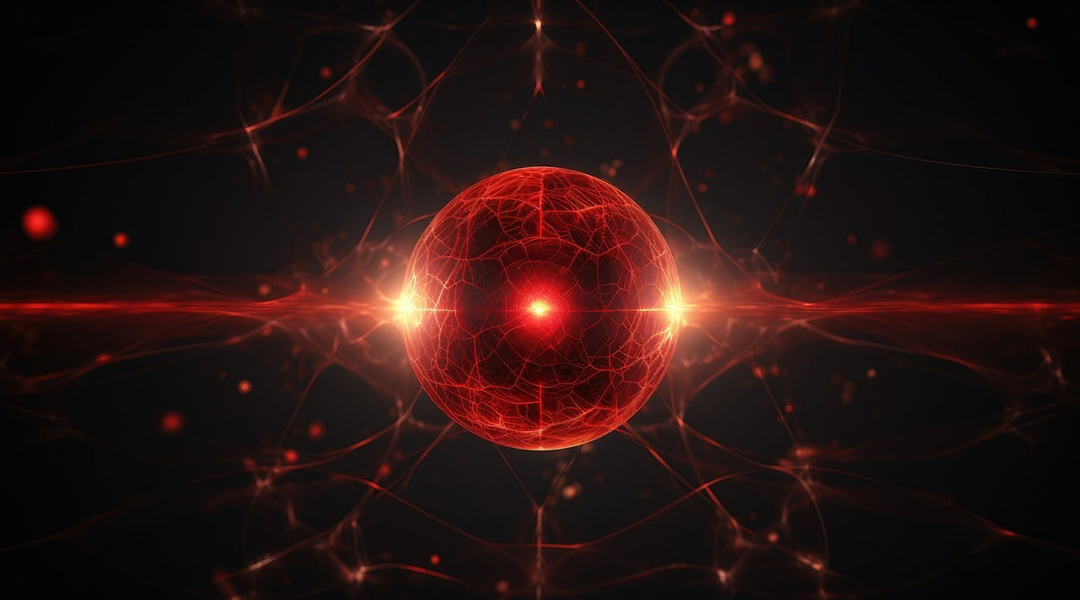
When the light absorbers are made very small, almost all the device performance metrics improve—but doing this is easier said than done.
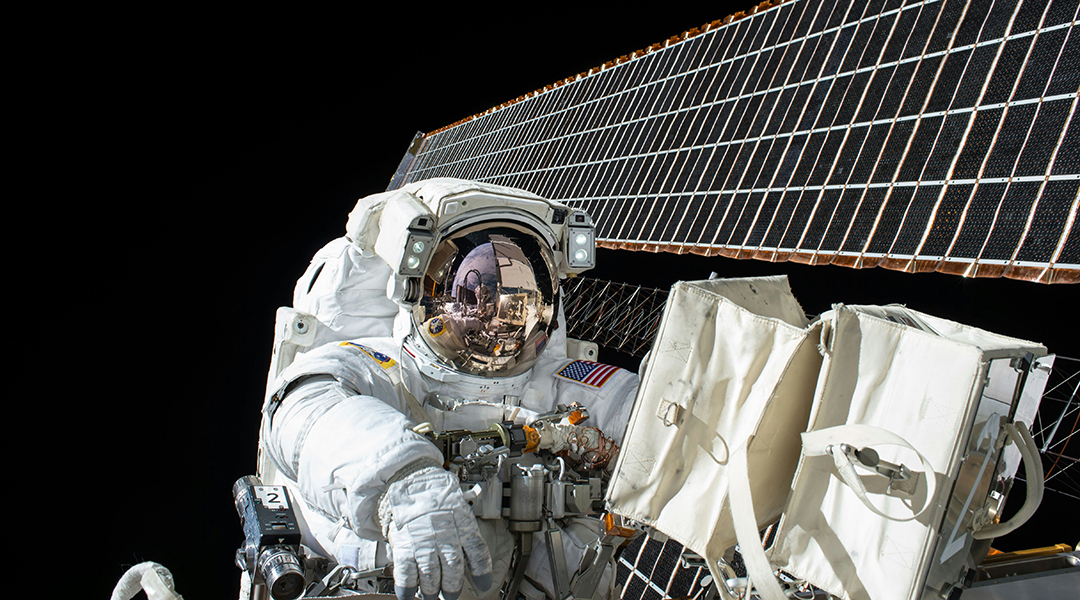
Future astronauts may be protected from galactic cosmic rays thanks to a novel organ-on-chip system containing interconnected human tissue.